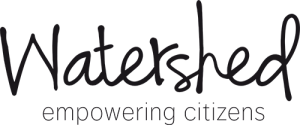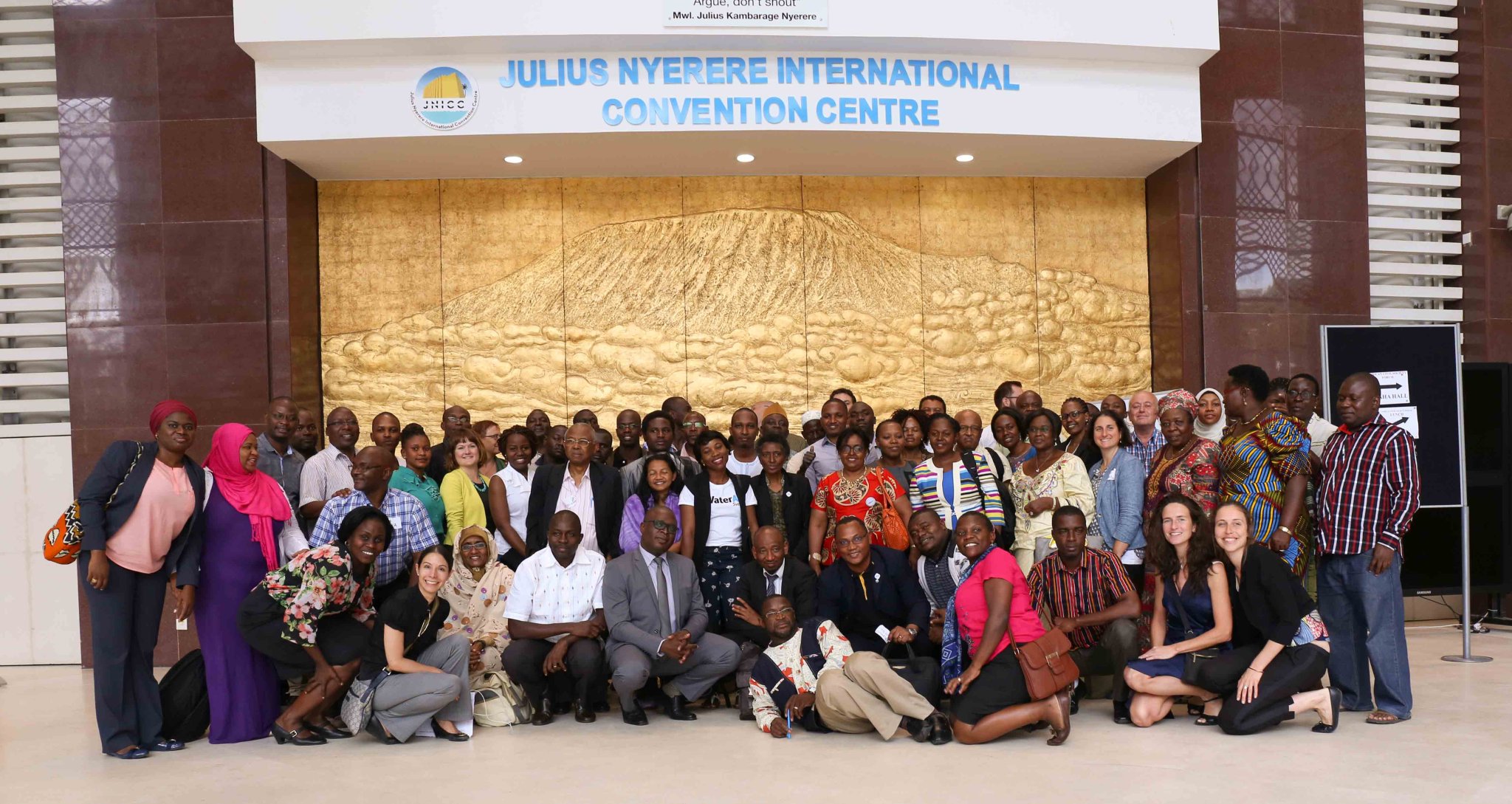Blog by Tabitha Gerrets (Akvo)
The 6th Africa Water Week (AWW) has officially kicked off today in Dar es Salam, Tanzania, and attracted about 800-1000 visitors on its first day. In total over 2000 people registered, nearly equalling it in size to the Stockholm World Water week (SWWW), which is attracting between 2500-3000 people on average. But it’s not just the quantity that counts, it’s also the quality.
With the Millennium Development Goals (MDGs) being replaced by the Sustainable Development Goals (SDGs), this years conference has the appropriate theme: Achieving the SDGs on Water Security and Sanitation. Civil Society representatives made an effort to come up with clear recommendations regarding the above. And successfully so according to Chris Mzembe, Regional Director of the Millennium Water Alliance, based in Nairobi. Mzembe stated that SDG 6 – clean water and sanitation – will enable most of the other SDGs, since water is a prerequisite for among other health facilities, energy production, agriculture and fisheries. Though Mzembe warned that targets in such other fields might be causing conflicting interests and increased water stress if we don’t watch out.
One of the main recommendations of the Civil Society community, also underscribed by the Director of Water of the African Development Bank, is the need for data transparency and systematic monitoring of SDGs. Civil society’s role is seen not only as a watchdog, keeping track of progress made by their governments, but also to lead by example and keep proper track of their own progress.
Doreen Kabasindi Wandera, chair of African Civil Society Network on Water and Sanitation (ANEW) and as such the voice of Civil Society, stated that “water stands at the centre of development, […] ensuring water safety is no longer enough, we have to move to water security which is key to enable other sectors to grow.” According to Wandera, integrated water resource management (IWRM) in combination with a multisectoral approach is the only way forward.
Meanwhile, at the Watershed booth, (wo)manned by staff from Simavi, IRC, Wetlands International and Akvo, we noticed the growing interest in integrated approaches to water. The Stand was well visited throughout the day by both ministers and development practitioners interested in how we intend to integrate IWRM with WASH in this 5 year DGIS funded programme.
One of the last people to visit our booth, Peter Kovacs, head of the River Basin Management and Water Protection Department at the Ministry of Interior of Hungary, stated that Stockholm might attract more people, but it is attracting the same people and discussing the same (high tech and abstract) topics. The topics being discussed here in Dar es Salam are more relevant and more down to earth. With a continent where 50% of all water resources are transboundary, the issue of transboundary water resource management really comes to life. So I’m guessing it won’t be long till the AWW surpasses its western brother the SWWW. And so it should be, since this is where the action is.
Blog by Tabitha Gerrets (Akvo)

